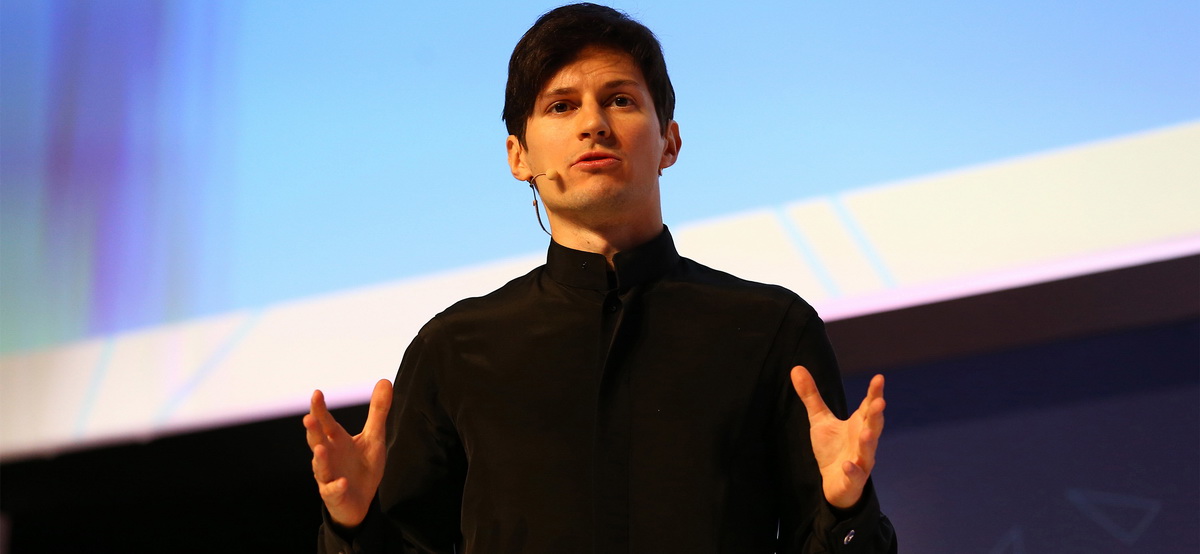Pavel Durov published a long post on his Telegram channel dedicated to plans for monetization and further development of Telegram. He says that the messenger is already approaching the mark of 500 million active users, and more and more often the question arises of who will pay for it. “After all, the more users, the more costs for servers and traffic. And supporting projects of our size costs hundreds of millions of dollars a year. “
Durov admits that most of the time he paid the company’s bills out of personal savings. But at the current rate of growth of Telegram, this will soon become impossible. According to the head of the company, in this case, there are only two ways – to start making money to cover costs, or to sell the company to a larger player.
Further, Durov tells in detail that he does not intend to sell the company, and it is planned to monetize Telegram through advertising, moreover, unobtrusive ones, which will not spoil the communication between users. Below you can read the very message of Durov, where he explains what to expect in the near future.1. We are not going to sell the company like the founders of WhatsApp did. The world needs Telegram as an independent project that respects the rights of users and provides high quality service. Telegram should continue to serve as a model for a technology company that strives for excellence and integrity. The sad examples of our predecessors show that this is not possible within a large corporation.
2. Telegram will last for a long time. We started developing Telegram over 8 years ago – initially as a product for our own personal use. We have come a long way since then. Telegram has pushed the boundaries of what is possible in a number of aspects of communication – encryption, functionality, simplicity, design, speed. But this is just the beginning. We can – and must – bring much more to the world.
3. To fulfill points 1 and 2, Telegram will start monetizing from next year. In doing so, we will remain true to our values and guarantees that we gave in the past. Thanks to the achieved scale, we will be able to monetize Telegram unobtrusively – most users will hardly notice major changes.
4. All current Telegram services will remain free. In addition to these, we will offer additional features for business teams and users with advanced needs. Some of these new features will be resource intensive and, as a result, will become paid. Regular users will always use Telegram for free.
5. All Telegram messaging services will remain ad-free. We believe that advertising in personal and group chats is unacceptable. Communication between people should not be interrupted by advertising.
6. In addition to messaging, Telegram has a social networking component. Telegram’s massive public channels, built on the principle of one-to-many broadcasting, can reach millions of subscribers and have little in common with traditional messaging. In many countries, channel owners earn money by showing ads to their subscribers, sometimes through third-party ad platforms. The advertisements they post look like regular messages and are often intrusive. In this regard, we will offer our own advertising platform for channels, which will provide users with comfort and privacy, and will allow us to cover the costs of servers and traffic.
7. Telegram monetization should benefit not only us, but the entire community. For example, if popular public channels are monetized through an advertising platform, the owners of these channels will receive free traffic in proportion to their reach. Or if – in addition to the current free stickers – there are paid stickers with enhanced features, the stickers artists will also receive a portion of the income. We want Telegram content creators and entrepreneurs to thrive by enriching all of our users through improved service.
This is how we see the Telegram path.
It will enable us to introduce many new features and welcome billions of new users over the coming decades. This approach will allow us to remain independent, preserve our values, and offer the world an example of a new kind of technology company.





